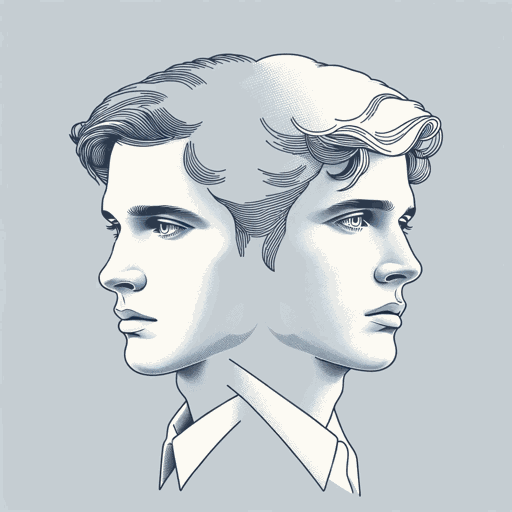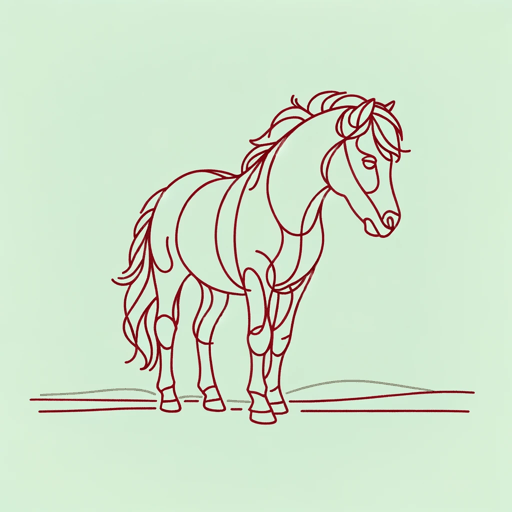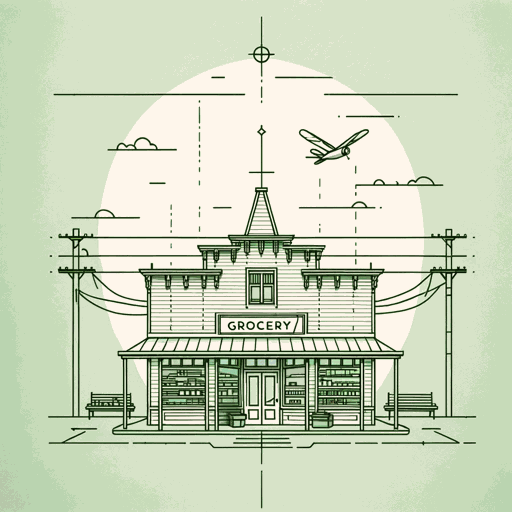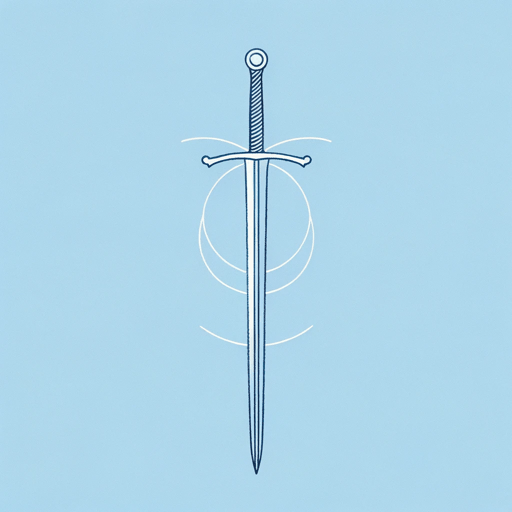70 pages • 2 hours read
John SteinbeckThe Acts of King Arthur and His Noble Knights
Fiction | Novel | Adult | Published in 1976A modern alternative to SparkNotes and CliffsNotes, SuperSummary offers high-quality Study Guides with detailed chapter summaries and analysis of major themes, characters, and more. For select classroom titles, we also provide Teaching Guides with discussion and quiz questions to prompt student engagement.
Themes
The Code of Chivalry
The legend of Arthur and his knights is as much a description of feats of arms as it is an examination of the essence of virtuous knighthood. Malory’s version of the story was written during the War of the Roses, a particularly volatile time in Britain’s history. Pretenders to the throne attacked from every direction, much as Arthur’s treasonous barons do. During periods of social upheaval, there is always a great danger that the warrior class might take advantage of the chaotic situation and use force of arms to further selfish agendas.
The mythology of Camelot is meant to illustrate the proper way in which warriors ought to conduct themselves in a civilized society. The Acts of King Arthur and His Noble Knights and Malory’s Morte d’Arthur explicitly describe this code of conduct:
They swore never to use violence without good purpose, never to fall to murder or treason. They swore on their honor to be merciful when mercy was asked and to protect damsels, ladies, gentlewomen and widows, to enforce their rights and never enforce lust on them. And they promised never to fight in an unjust cause or to fight for personal gain. All the knights of the Round Table took this oath (98).
Related Titles
By John Steinbeck

Cannery Row
John Steinbeck

East of Eden
John Steinbeck

Flight
John Steinbeck

In Dubious Battle
John Steinbeck

Of Mice and Men
John Steinbeck

Sweet Thursday
John Steinbeck

The Chrysanthemums
John Steinbeck

The Grapes of Wrath
John Steinbeck

The Harvest Gypsies: On the Road to the Grapes of Wrath
John Steinbeck

The Log From The Sea of Cortez
John Steinbeck

The Long Valley
John Steinbeck

The Moon Is Down
John Steinbeck

The Pearl
John Steinbeck

The Red Pony
John Steinbeck

The Wayward Bus
John Steinbeck

The Winter Of Our Discontent
John Steinbeck

To a God Unknown
John Steinbeck

Tortilla Flat
John Steinbeck

Travels With Charley
John Steinbeck

